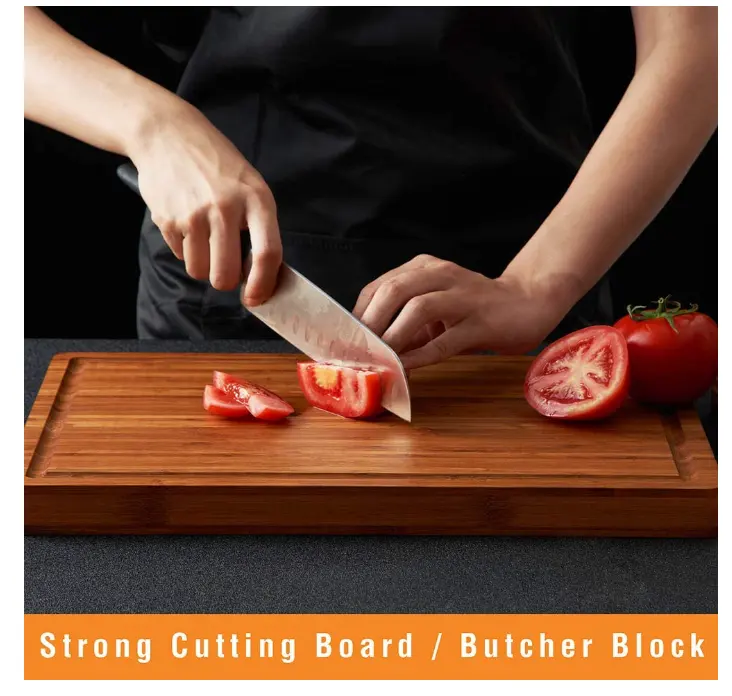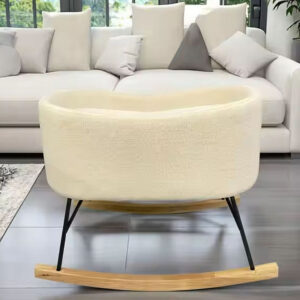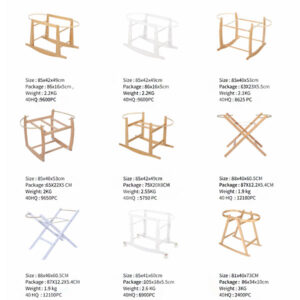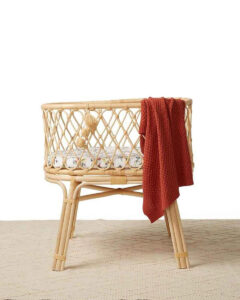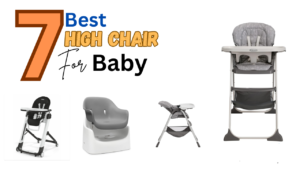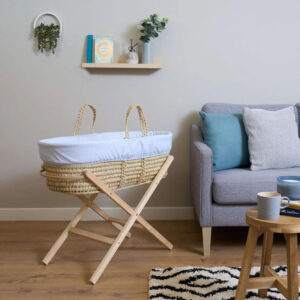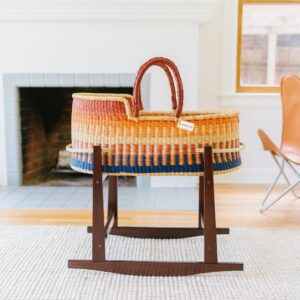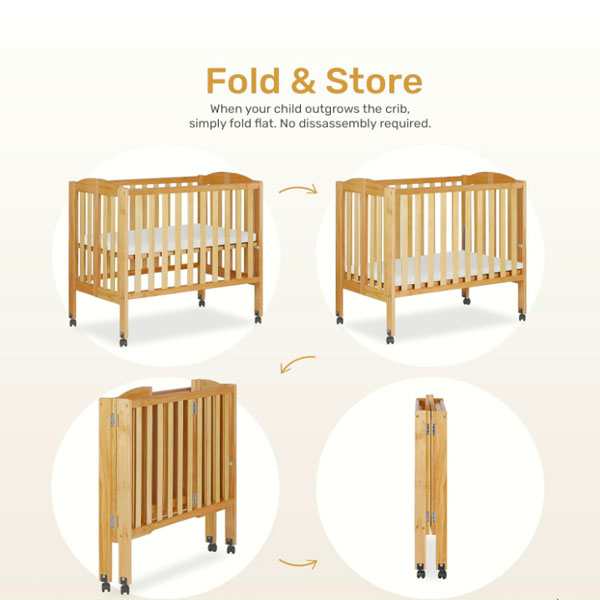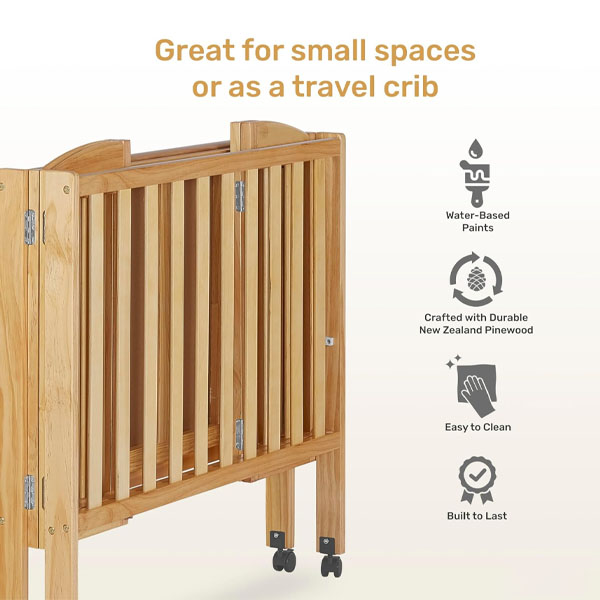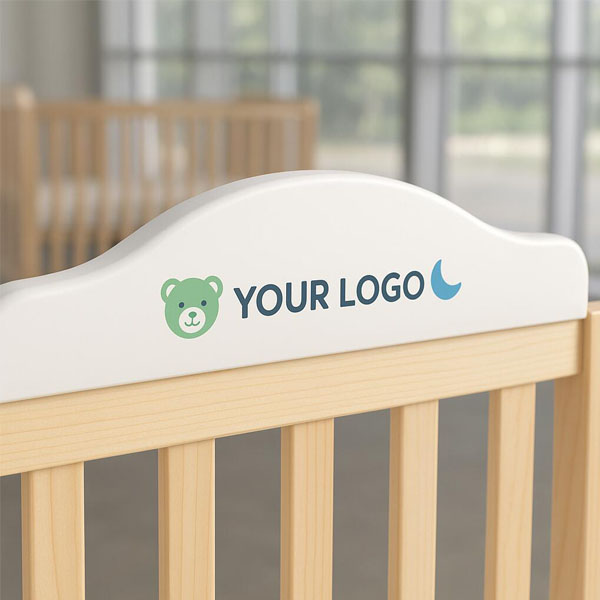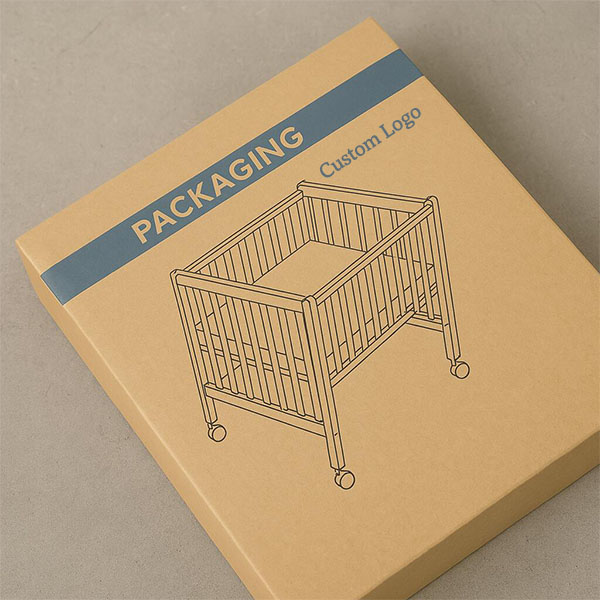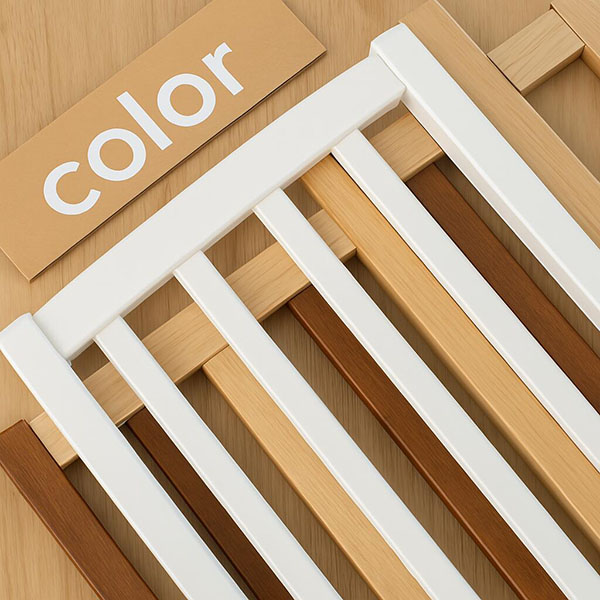Quality Wood Cutting Boards
Introduction
A high-quality wood cutting board is an essential tool for any kitchen, offering durability, a knife-friendly surface, and a timeless aesthetic. Whether you’re a home chef or a professional, choosing the right wood cutting board ensures better performance and longevity. In this guide, we explore the best types of wood, key features of premium cutting boards, and maintenance tips to keep them in top condition.
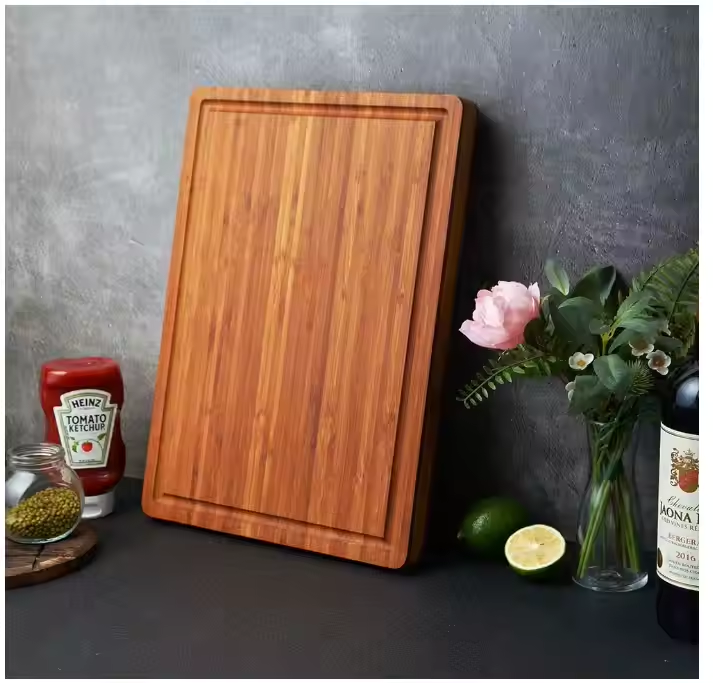
1. Why Choose a Wood Cutting Board?
A. Superior Durability
- Hardwoods like maple, walnut, and teak resist deep cuts and scratches, making them last for years.
- Dense wood grains prevent warping and cracking with proper care.
B. Knife-Friendly Surface
- Unlike glass or plastic, wooden boards preserve the sharpness of your knives.
- The natural grain structure allows slight give, preventing excessive wear on blades.
C. Naturally Antibacterial Properties
- Studies show that certain woods have natural antimicrobial properties that inhibit bacterial growth.
- Unlike plastic, which traps bacteria in deep grooves, wood has self-healing characteristics.
D. Aesthetic Appeal & Versatility
- Wood cutting boards double as serving boards for charcuterie, cheese, and bread.
- Available in various finishes and grain styles to match different kitchen designs.
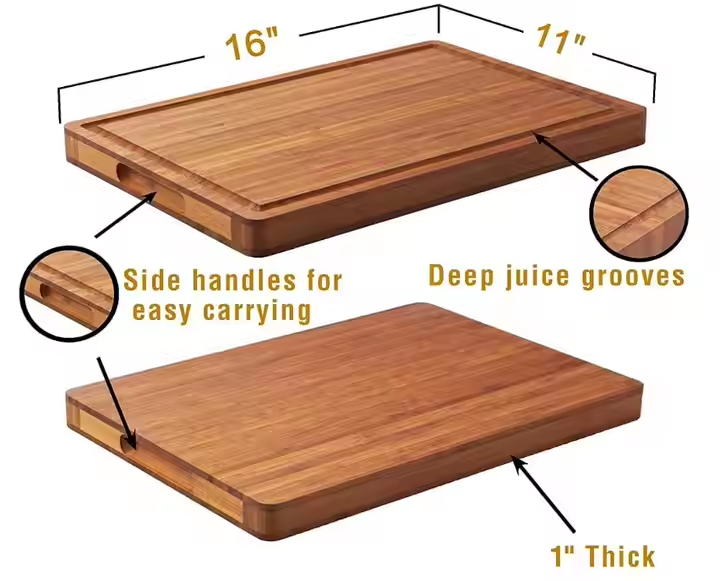
2. Best Types of Wood for Cutting Boards
A. Maple (Hardwood)
- Durability: High
- Grain Type: Tight, close-grained
- Best For: Everyday use, professional kitchens
- Pros: Extremely durable, less porous, minimal knife damage
B. Walnut
- Durability: Medium-High
- Grain Type: Open
- Best For: Premium aesthetic, softer on knives
- Pros: Beautiful dark wood color, gentle on knife edges
C. Teak
- Durability: High
- Grain Type: Natural oil-rich
- Best For: Moisture resistance, upscale kitchens
- Pros: Highly water-resistant, requires less maintenance
D. Acacia
- Durability: High
- Grain Type: Varied
- Best For: Sustainable, durable alternative to maple
- Pros: Eco-friendly, tough yet affordable
E. Bamboo (Technically Grass)
- Durability: Medium
- Grain Type: Hard, fibrous
- Best For: Budget-conscious, sustainable choice
- Pros: Renewable, lightweight, affordable
3. Features of a High-Quality Wood Cutting Board
A. End Grain vs. Edge Grain vs. Face Grain
- End Grain: Superior for knife preservation; shows minimal wear over time.
- Edge Grain: More affordable than end grain; durable and resistant to warping.
- Face Grain: Often used for serving boards due to its aesthetic appeal.
B. Thickness & Size Considerations
- Ideal thickness: 1.5 to 2 inches for maximum durability and stability.
- Size selection: Choose a size that fits your counter space and usage needs.
C. Juice Grooves & Handles
- Juice grooves prevent liquid spills, perfect for cutting fruits, meats, and vegetables.
- Built-in handles make it easier to move and store your board.
4. How to Care for a Quality Wood Cutting Board
A. Cleaning & Maintenance
✅ Hand wash only – Never put a wood board in the dishwasher.
✅ Use mild soap and warm water, then dry immediately.
✅ Disinfect naturally with lemon and salt to remove odors.
✅ Avoid prolonged soaking in water to prevent warping.
B. Oil & Conditioning
✅ Apply food-grade mineral oil monthly to prevent drying and cracking.
✅ Use beeswax or board butter to maintain water resistance.
✅ Store in a dry, ventilated area to avoid mold growth.
5. Conclusion: Invest in a Premium Wood Cutting Board
A high-quality wood cutting board is an investment in your kitchen’s functionality and style. With durable materials, knife-friendly surfaces, and natural antibacterial properties, wood boards outperform plastic and glass alternatives. By selecting the right wood type and maintaining it properly, you’ll enjoy years of reliable performance.
Looking for the best wood cutting boards? Choose sustainably sourced, handcrafted options for the ultimate culinary experience!

